Home inspections are crucial for identifying potential issues in a property, ensuring that buyers and sellers have a clear understanding of the property's condition. Traditionally, home inspectors rely on their eyes, experience, and basic tools to detect problems. However, technological advancements have introduced new tools that enhance the accuracy and thoroughness of inspections. One such tool is thermal imaging. But what exactly is thermal imaging, and how does it benefit home inspections?
Understanding Thermal Imaging
Thermal imaging, also known as infrared thermography, is a technology that detects heat patterns and temperature changes in objects and surfaces. Unlike regular cameras that capture visible light, thermal imaging cameras capture infrared radiation, which is emitted by all objects based on their temperature. The resulting images, called thermograms, display variations in temperature as different colors, typically ranging from blue (cooler areas) to red (warmer areas).
The Role of Thermal Imaging in Home Inspections
1. Detecting Hidden Moisture
One of the most significant advantages of thermal imaging in home inspections is its ability to detect hidden moisture. Moisture intrusion can lead to mold growth, structural damage, and other costly issues if left unchecked. Thermal imaging can identify areas of moisture behind walls, under floors, or in ceilings that are not visible to the naked eye. This early detection allows homeowners to address the issue before it escalates, saving time and money.
2. Identifying Electrical Hot Spots
Electrical systems can sometimes develop hot spots due to faulty wiring, overloaded circuits, or malfunctioning components. These hot spots pose a significant fire risk if not addressed promptly. Thermal imaging can pinpoint these areas by highlighting temperature anomalies in the electrical system. By identifying these issues early, homeowners can take preventive measures to ensure their electrical systems are safe and functioning correctly.
3. Inspecting Insulation and Energy Efficiency
Proper insulation is crucial for maintaining a home's energy efficiency. Poor insulation can lead to heat loss in the winter and heat gain in the summer, resulting in higher energy bills. Thermal imaging helps inspectors assess the effectiveness of a home's insulation by revealing areas where heat is escaping or entering. This information can guide homeowners in making necessary improvements to enhance their home's energy efficiency, leading to cost savings and a more comfortable living environment.
4. Detecting HVAC System Issues
Heating, ventilation, and air conditioning (HVAC) systems are essential for maintaining indoor comfort. However, these systems can develop issues such as blockages, leaks, or inefficient operation. Thermal imaging can help identify problems within the HVAC system by detecting temperature differences in ducts, vents, and other components. This allows for timely repairs or adjustments, ensuring the HVAC system operates efficiently and effectively.
5. Spotting Structural Defects
Thermal imaging is also valuable for detecting structural defects that might not be visible during a standard visual inspection. For instance, it can reveal gaps, cracks, or voids in walls and foundations by highlighting temperature differences in these areas. Identifying these structural issues early can prevent further damage and costly repairs in the future.
Advantages of Using Thermal Imaging in Home Inspections
Non-Invasive and Non-Destructive
One of the key benefits of thermal imaging is that it is a non-invasive and non-destructive method of inspection. Inspectors can assess the condition of a property without having to tear down walls, remove flooring, or cause any damage. This makes the inspection process faster, cleaner, and less disruptive for homeowners.
Comprehensive and Accurate
Thermal imaging provides a comprehensive and accurate assessment of a property's condition. By detecting issues that are not visible to the naked eye, thermal imaging helps ensure that no potential problem goes unnoticed. This leads to more thorough inspections and more informed decisions for buyers and sellers.
Cost-Effective
While thermal imaging equipment can be expensive, the long-term benefits often outweigh the initial costs. Early detection of issues can prevent costly repairs and reduce energy bills through improved insulation and HVAC efficiency. For homeowners and buyers, the investment in a thermal imaging inspection can provide peace of mind and significant savings.
Thermal imaging is revolutionizing the home inspection industry by providing a powerful tool for detecting hidden issues in a property. From identifying moisture intrusion and electrical hot spots to assessing insulation and structural integrity, thermal imaging enhances the accuracy and thoroughness of home inspections. As technology continues to advance, the role of thermal imaging in home inspections will likely become even more integral, offering greater insights and benefits for homeowners, buyers, and inspectors alike.


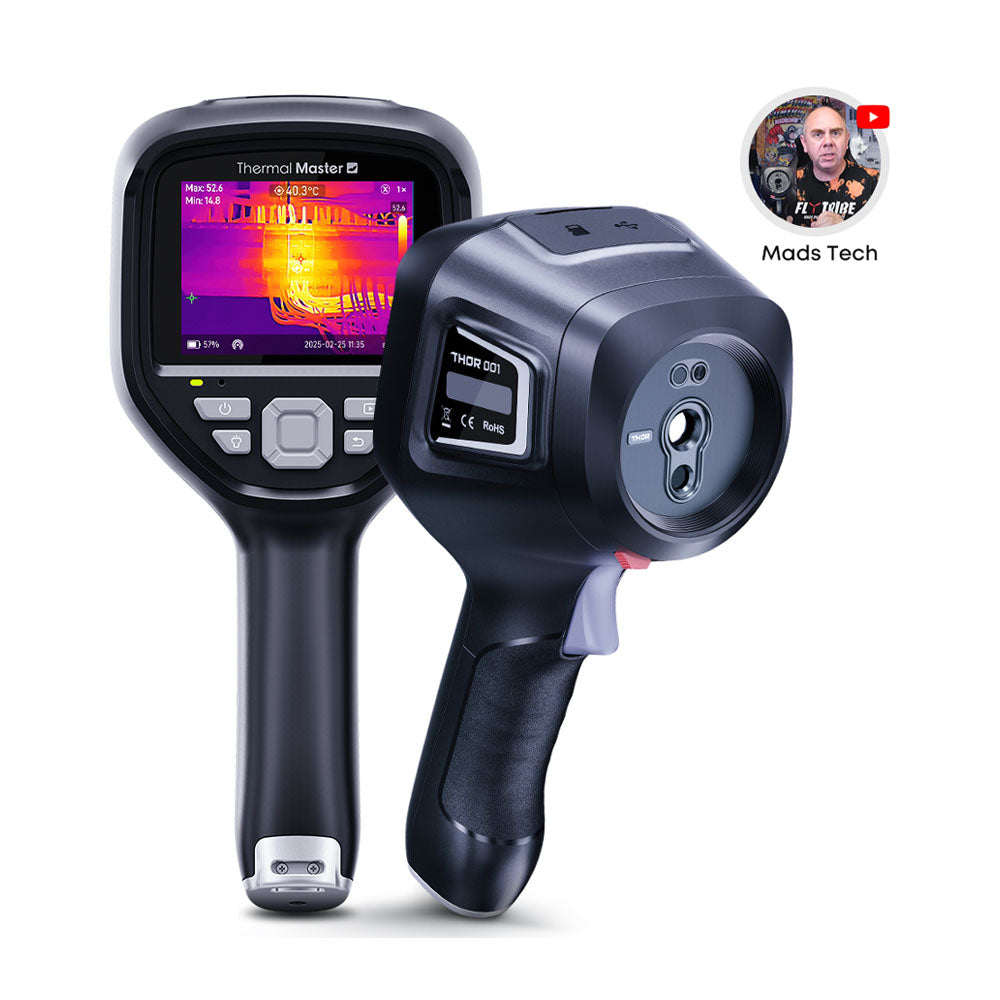


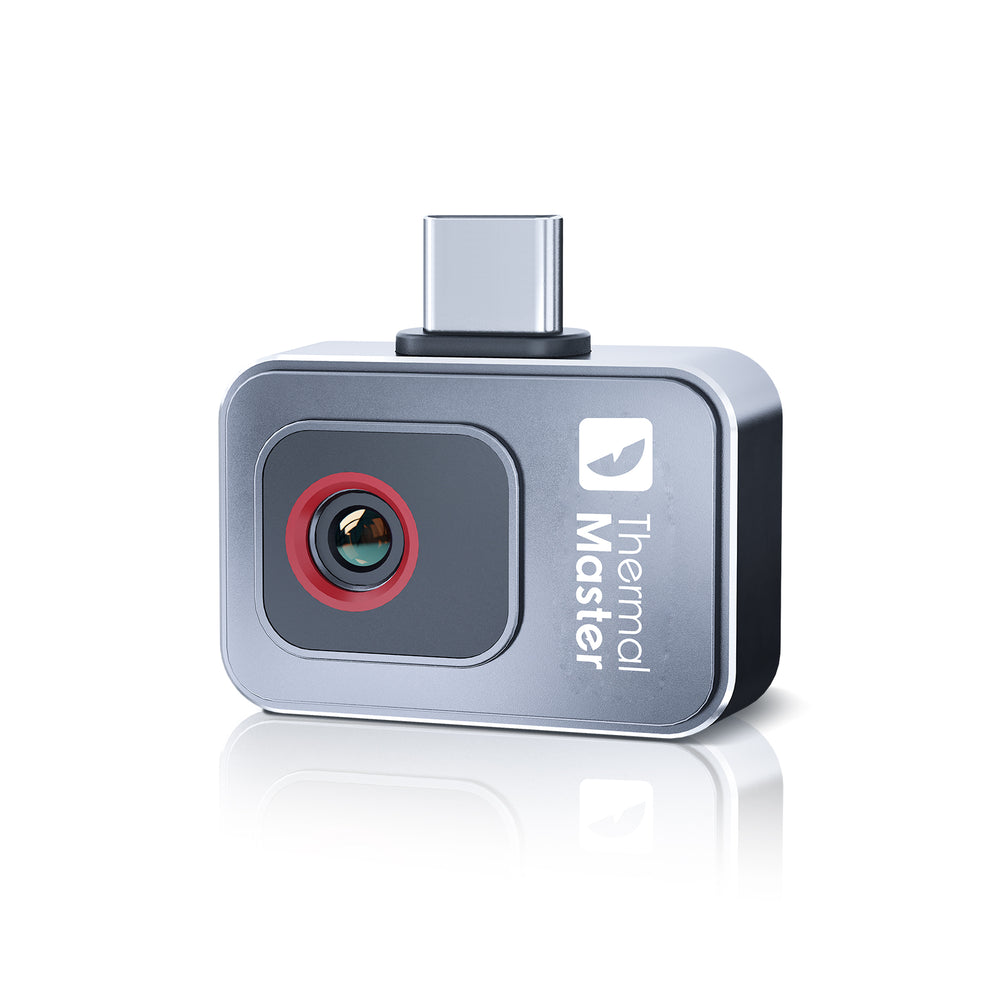


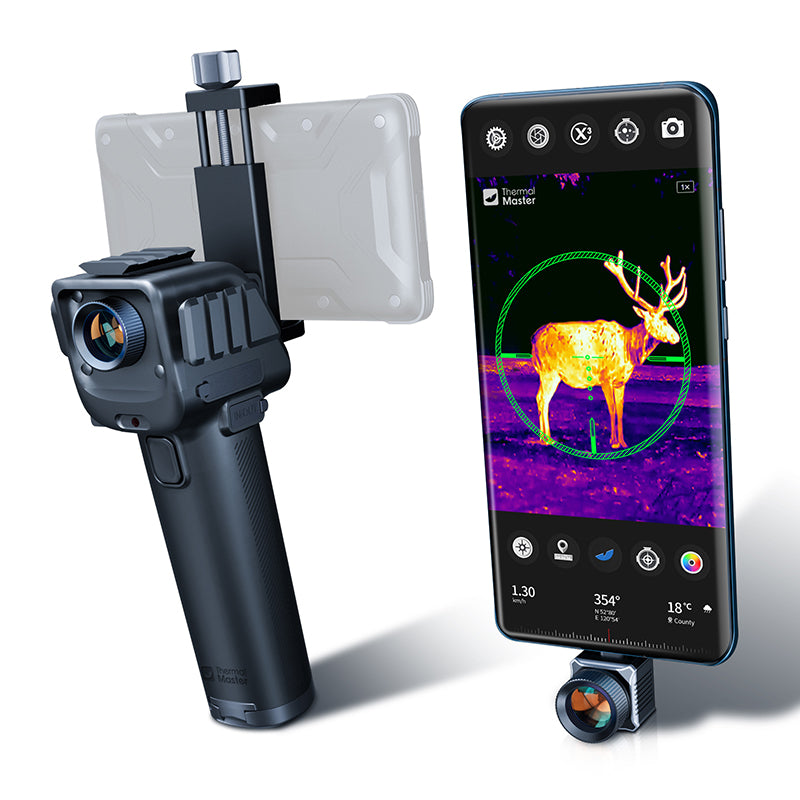
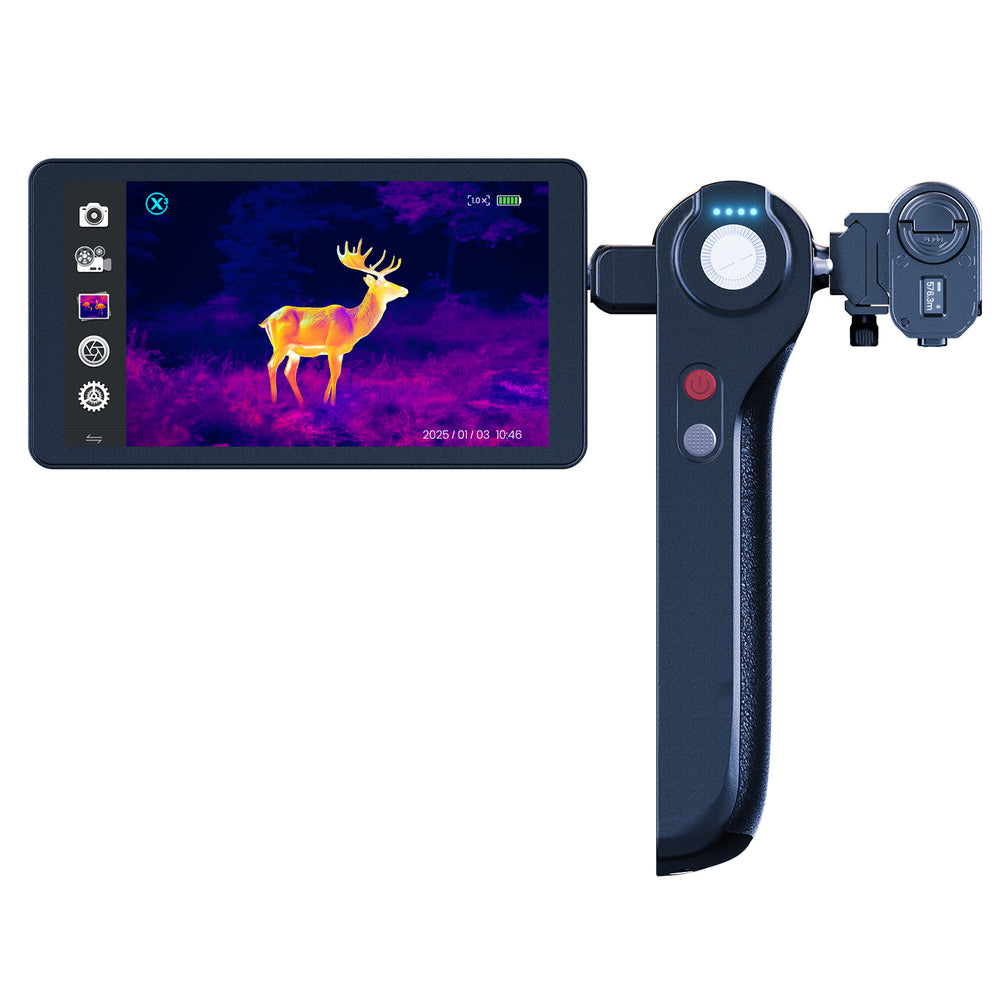
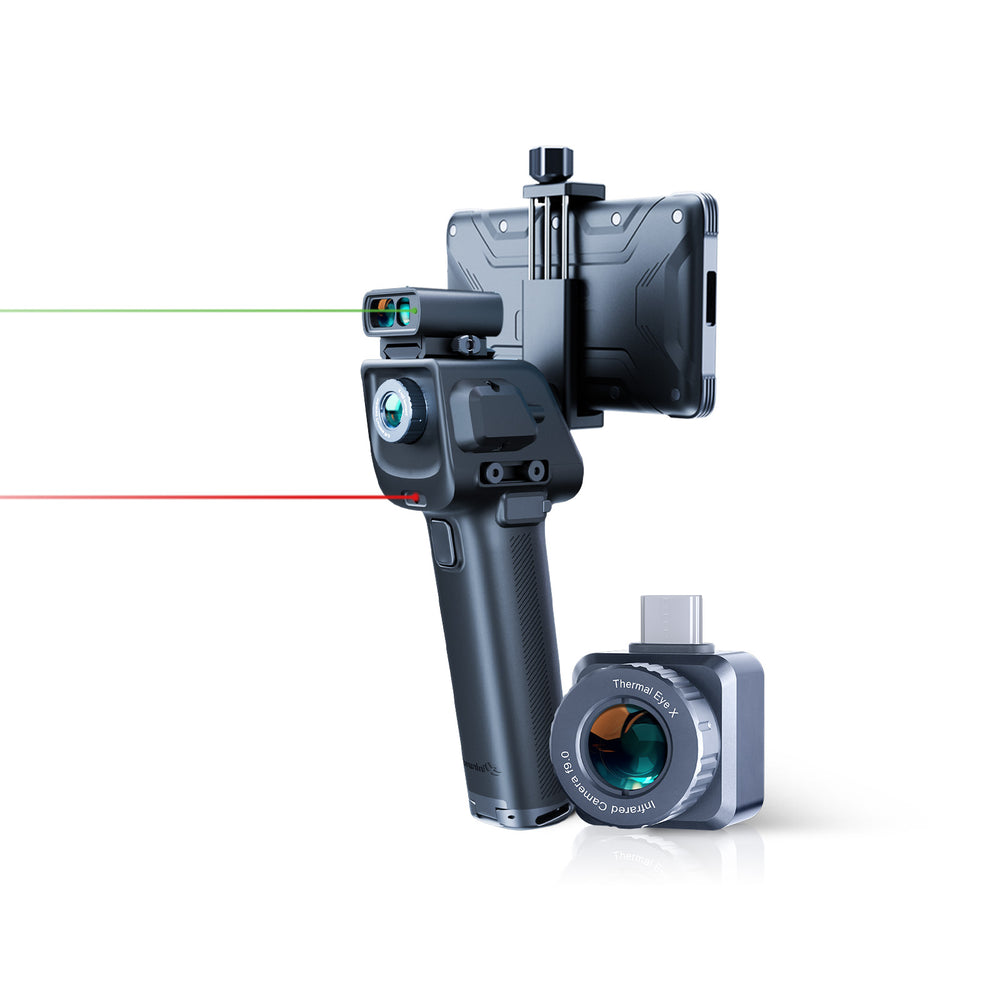
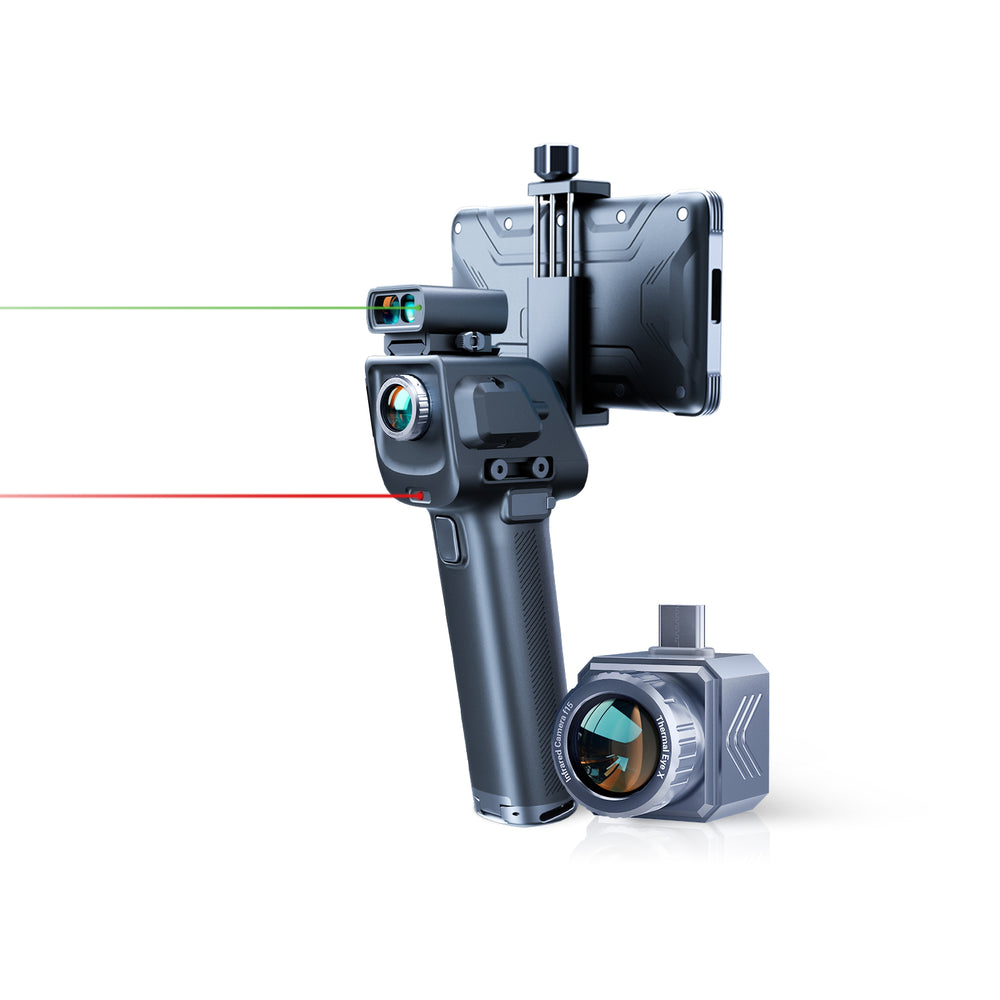
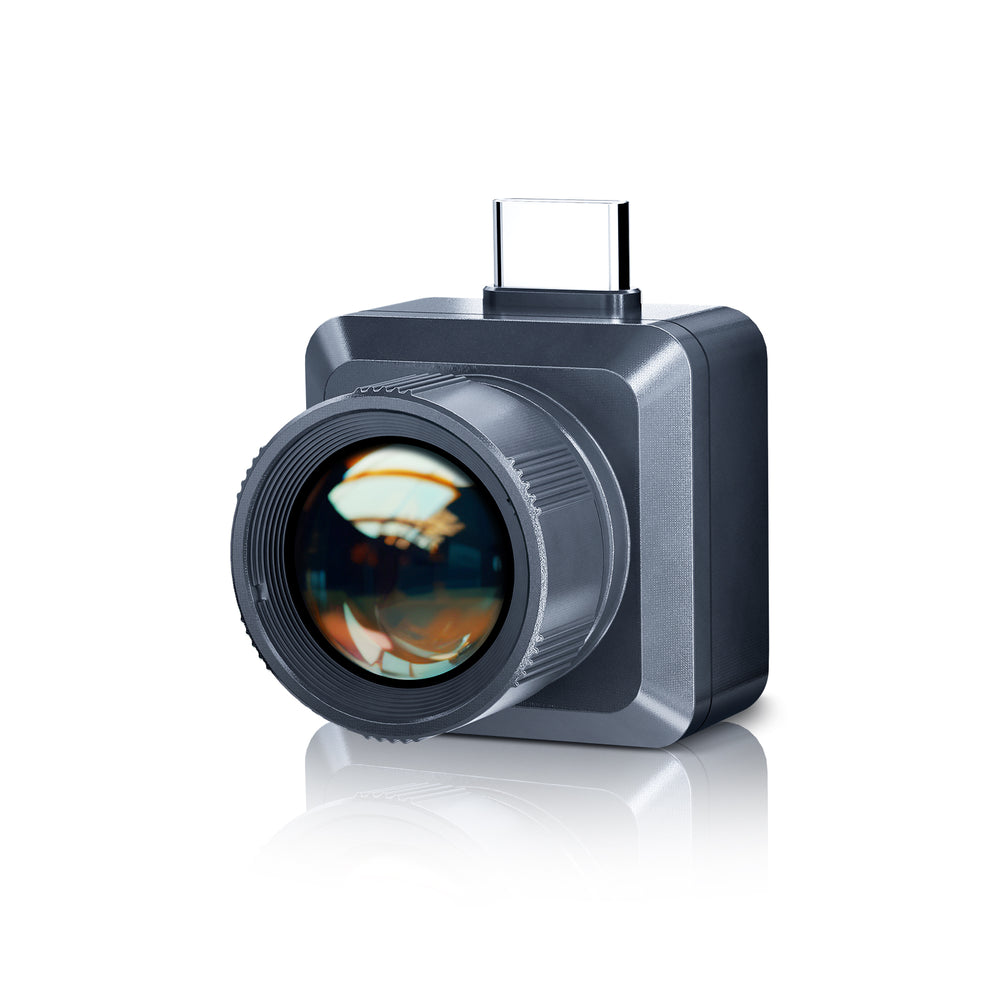
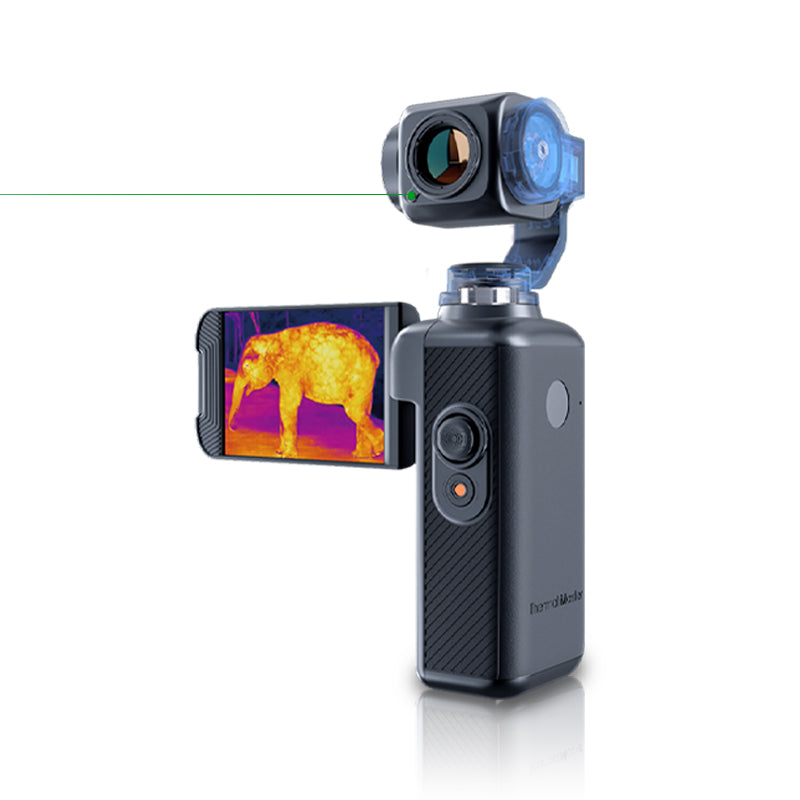
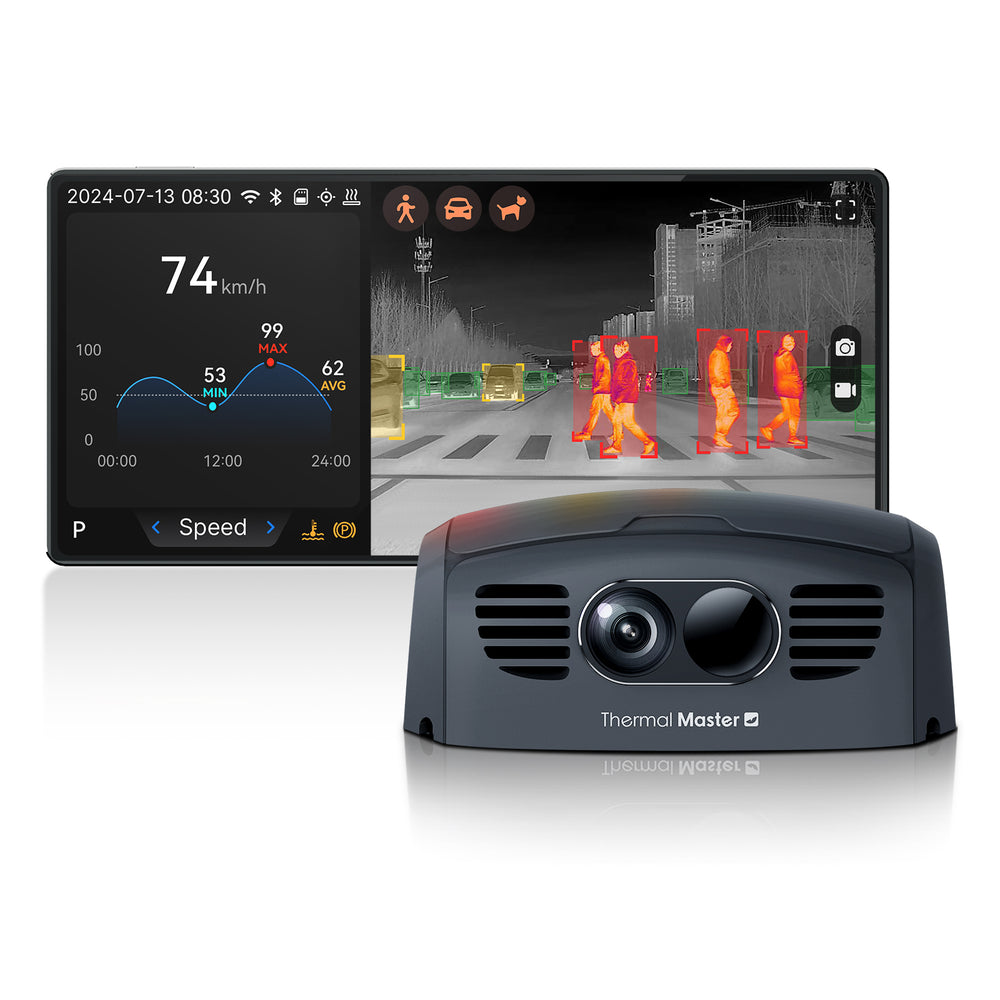
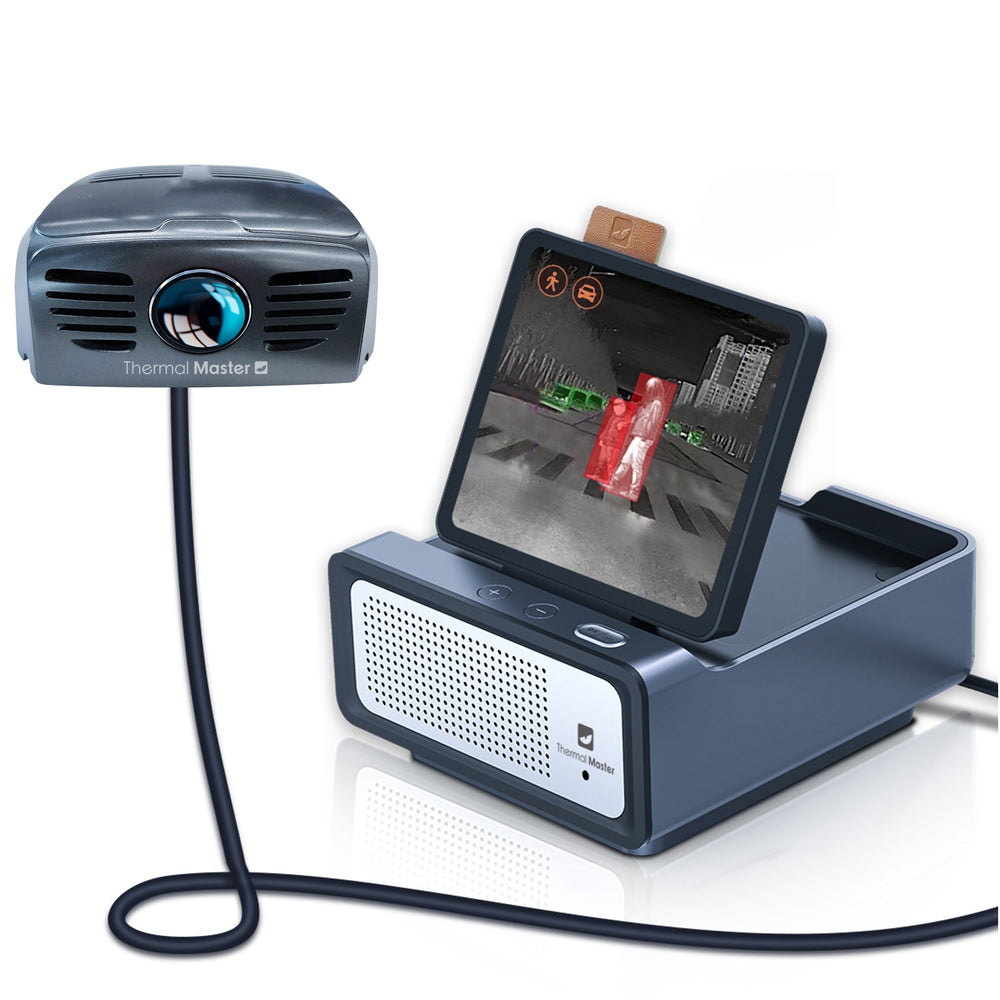
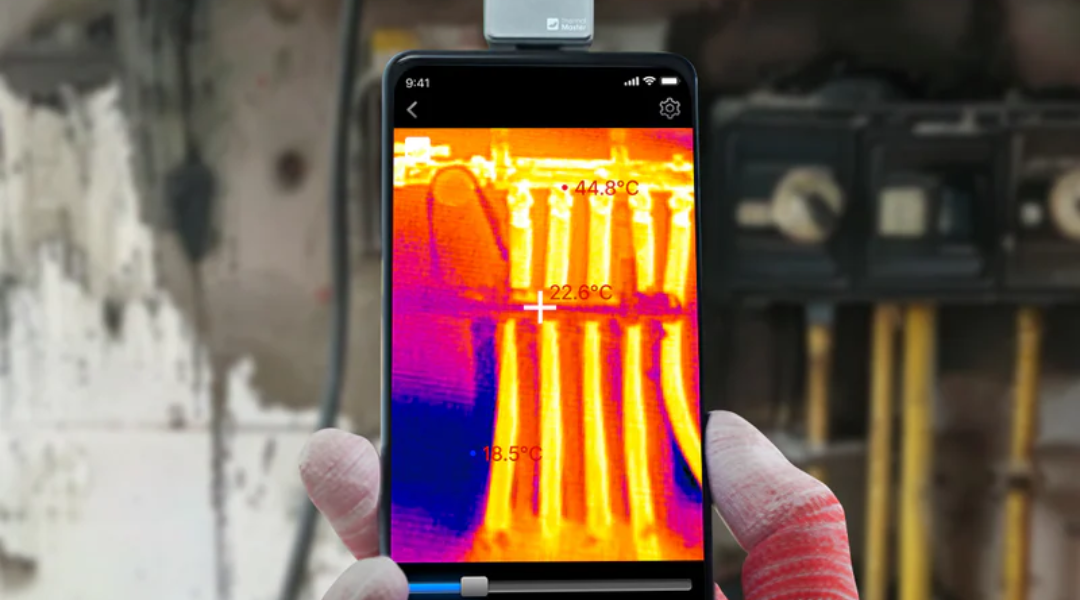


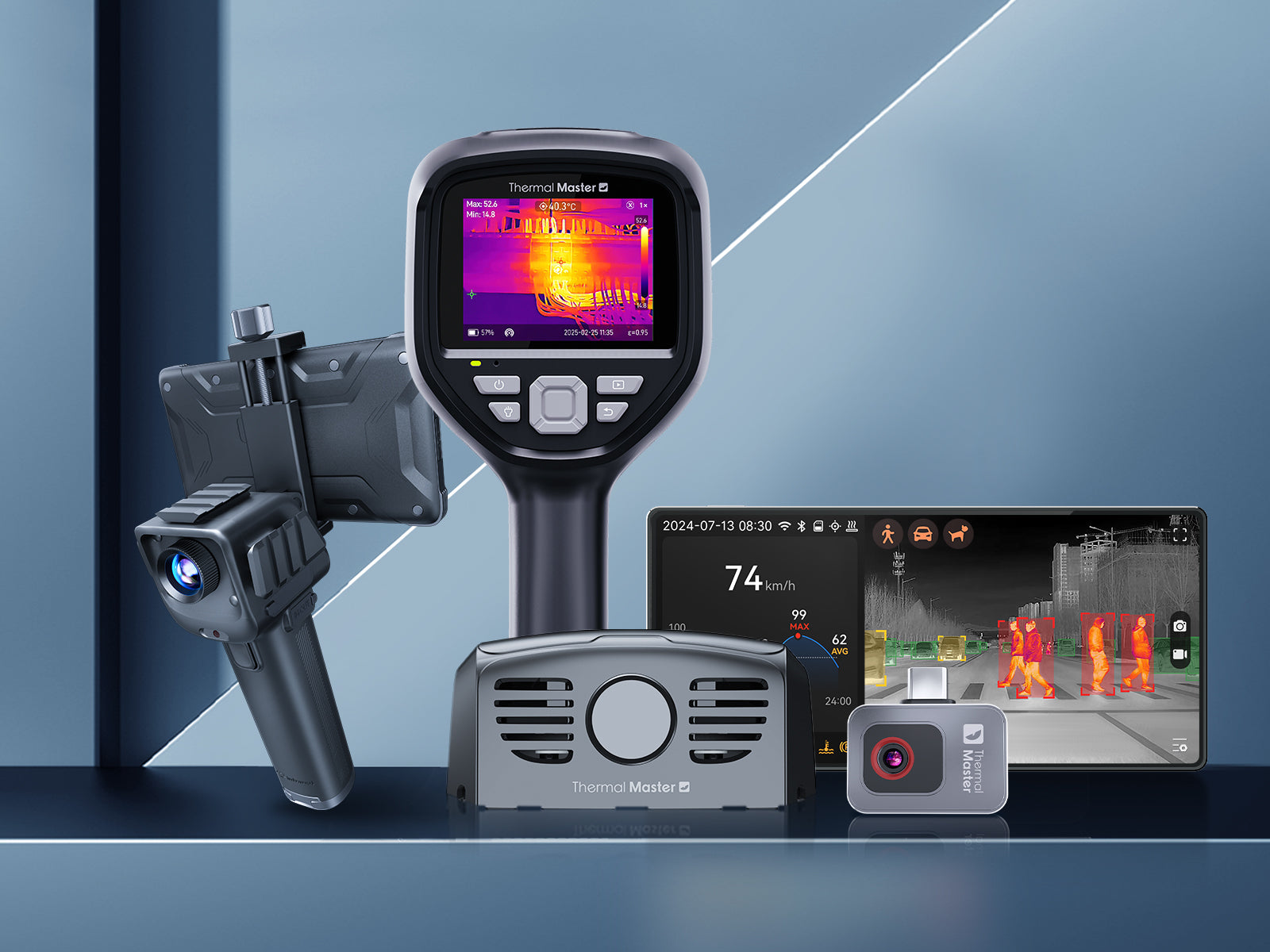
Leave a comment
All comments are moderated before being published.
This site is protected by hCaptcha and the hCaptcha Privacy Policy and Terms of Service apply.